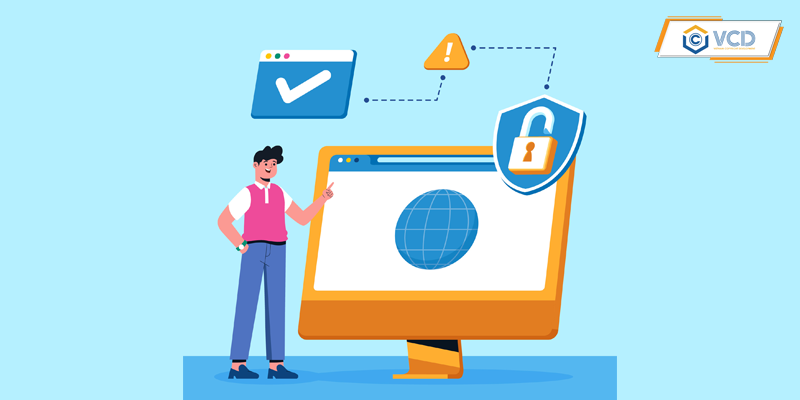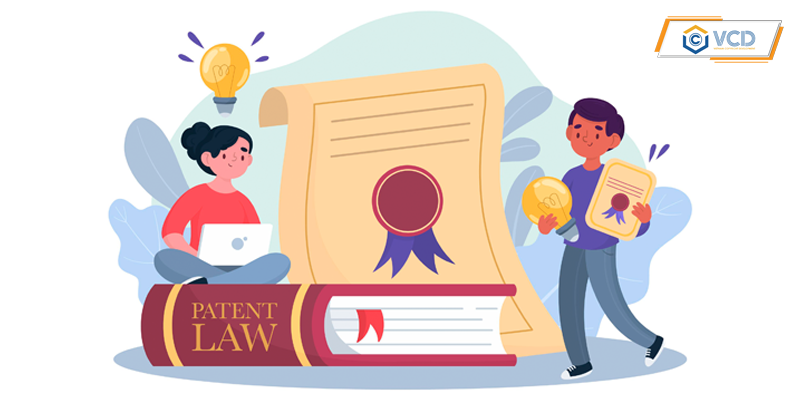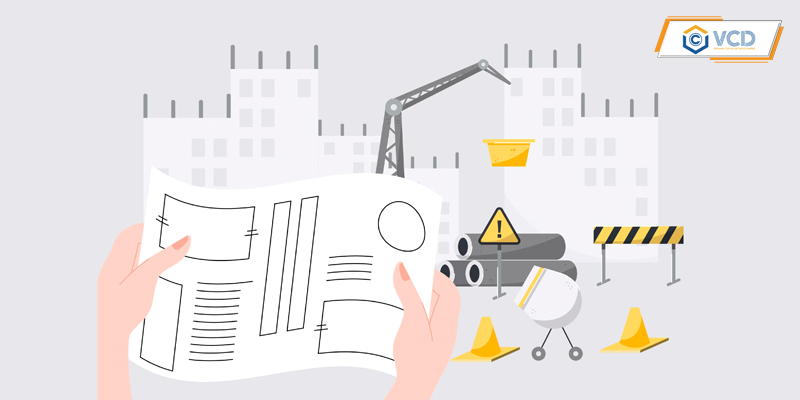Is website content protected by copyright?
With the explosion of the digital environment, creating exclusive content has become crucial for brand survival. However, the copying of articles, images, or “ideas” is becoming increasingly common, causing many to worry about their ownership rights. So, does the law protect website content, and what conditions do you need to meet to have your copyright recognized? Let’s find out in the article below.
Is website content protected by copyright?
Website content is fully protected by copyright under Vietnam’s Intellectual Property Law, as long as the content is your own creation and not copied from any other source. According to regulations, protected works include literary works, journalistic works, articles, scientific works, etc. Therefore, website articles, blog posts, PR articles, product descriptions, service introductions, analyses, creative writing, etc., are all considered written works and are automatically protected.
This means:
• You don’t need to register to have copyright.
• However, registration provides you with the strongest legal evidence in case of disputes.
If someone copies all or part of the content and uses it for commercial purposes without permission, they may face administrative penalties or have to compensate for damages.

What types of website content are protected?
Not everything on a website is protected. Below are the types of content that are and are not protected:
Protected Content
- Articles – blog posts – SEO articles
- Marketing content, product descriptions, service content
- Self-taken photos, designs, banners, infographics
- Self-produced videos
- Creative content (storytelling, slogans, taglines)
- Website source code, unique design interfaces
All creative content with a personal touch is protected by law.
Unprotected Content
- Purely news
- Non-creative data and information
- Purely product catalogs
- Ideas (only protected when expressed as a specific work)
- Content copied from other sources
Example: “Today’s steel price increased by 5%”, this is just news, not protected.
Why should you register copyright protection for your website content?
Although automatic protection is available through the law, registration provides you with the strongest “legal shield”:
- Proving ownership of the content: In case of disputes, you only need to present the certificate, saving time on proving the content creation process.
- Preventing copying and plagiarism: With a certificate, you only need to send a takedown notice (DMCA or direct submission), and the other party will usually remove the content immediately to avoid legal action.
- Protecting brand and SEO ranking: Mass copying of content causes website rankings to drop, and Google mistakenly identifies original articles as duplicate content, affecting brand reputation.
- Easy to sue – claim compensation: In case of unauthorized use for business purposes, you have the right to claim compensation for damages, a public apology, and the removal of all infringing content.
Copying website content is considered a copyright violation.
Below are the most common actions that many people unintentionally commit:
- Copying 100% of an article: Simply copying and posting it on another website without permission is a violation.
- Copying only a part of the content is still considered a violation. For example, taking 50% of the content, keeping the layout and idea the same, and changing a few words is still considered unauthorized use.
- Reusing images from other websites: Even if the image does not have a watermark, it is still considered a violation if not permitted.
- Using content for advertising: Using content from other websites to run ads is a more serious act because it involves commercial interests.
- Using AI to recreate 90% of the content while retaining the original idea: AI recreating content with the same idea, structure, and arguments still constitutes copying.
How to protect website content from copying
In the context of widespread digital content copying, proactively protecting your articles, images, and website resources is crucial. Instead of waiting until infringement occurs, you can immediately apply the following measures to minimize content theft and maintain your brand value.
- Register copyright: This is the strongest and most effective protection method, providing you with solid legal evidence in case of disputes.
- Integrate DMCA Protection: Attach a DMCA badge or code to your website to easily submit requests to remove infringing content when copying is detected.
- Post a copyright notice: For example: © 2025 – ABC Media. All rights reserved. This clearly demonstrates content ownership.
- Add watermarks to images and infographics: This helps with brand recognition and reduces the likelihood of image theft.
- Use plagiarism checking tools: Tools like Copyscape, Plagiarism Checker, and Google Alerts help monitor and detect copied content on the internet.
Above is the article “Is Website Content Protected by Copyright?” that VCD wants to share with you. If you are building and developing a website, register for copyright protection to avoid the risk of losing all your hard work due to copying.
No. Website content is automatically protected as soon as it is created and expressed in a tangible form (articles, images, videos, etc.). However, registering copyright provides you with stronger legal evidence in case of disputes.
Depending on the severity of the violation, the person copying the content may be fined from 10-30 million VND, forced to remove the infringing content, and even required to compensate for damages if it affects your brand or commercial interests.
Questions:


















